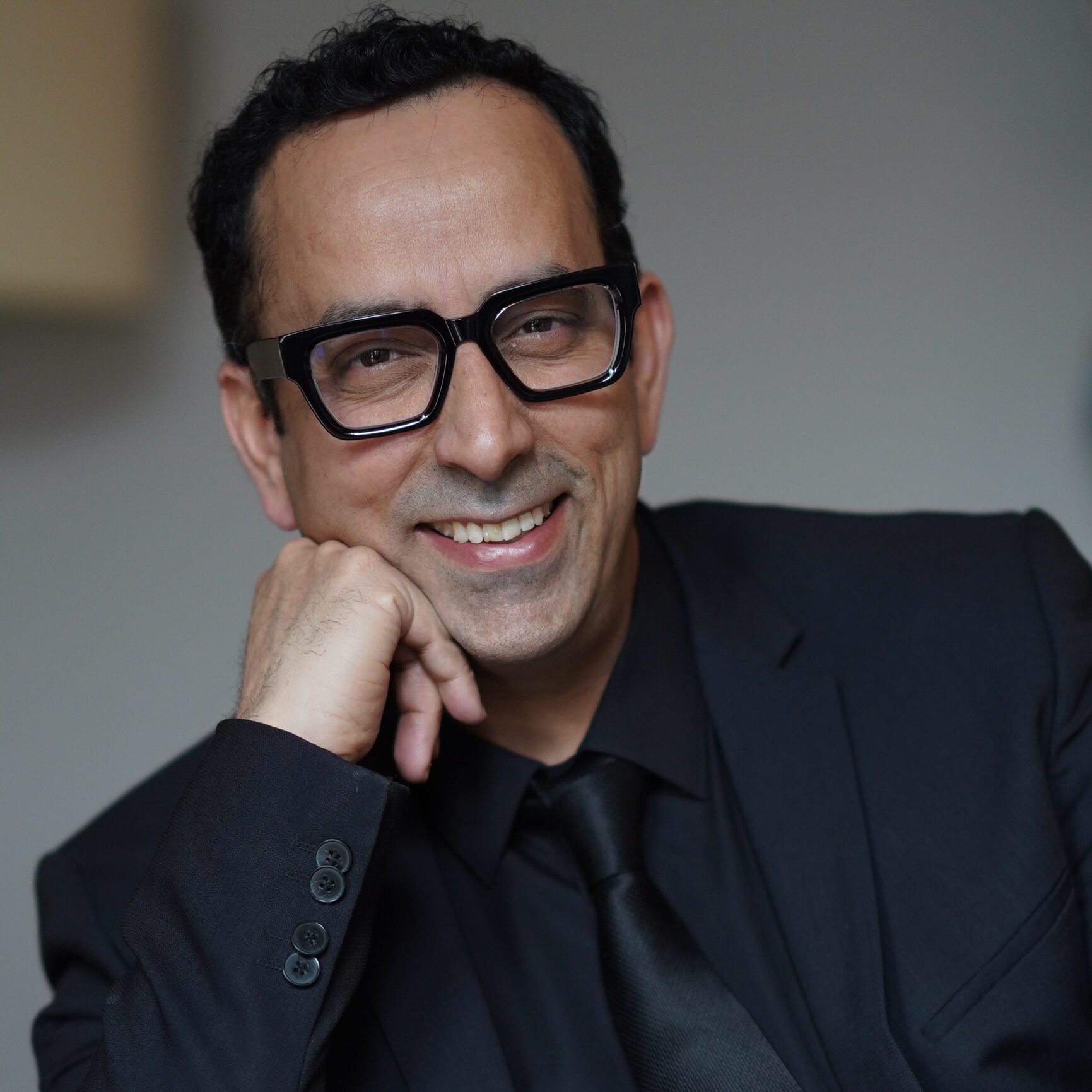Dr. Kwabena Boahen: As the director of the Brains in Silicon lab at Stanford, Dr. Boahen has been at the forefront of neuromorphic engineering. He’s been developing silicon circuits that emulate the way neurons compute, aiming to make electronic circuits that are as compact, power-efficient, and robust as the human brain.
Dr. Giacomo Indiveri: A professor at the University of Zurich and ETH Zurich, Dr. Indiveri has made significant contributions in the field of neuromorphic engineering. He co-founded iniLabs, which has produced various neuromorphic hardware platforms.
Prof. Steve Furber: Known for his involvement in the development of the BBC Micro and the ARM microprocessor, Furber’s recent work at the University of Manchester focuses on the SpiNNaker project, aiming to simulate the functioning of the human brain on a supercomputer.
Dr. Tara Sainath: A research scientist at Google, Dr. Sainath’s work focuses on deep neural networks and their application in speech recognition, paving the way for neuromorphic approaches to speech and language processing.
Dr. Julie Grollier: A research director at CNRS/Thales, she’s working on the intersection of physics, nanotechnology, and bio-inspired computing. Her studies on spintronics and resistive memories have profound implications for neuromorphic architectures.
Dr. Jennifer Hasler: As a professor at the Georgia Institute of Technology, Hasler’s research involves developing new computing devices and systems architectures, particularly focusing on field-programmable analog arrays and large-scale neuromorphic systems.
Prof. Yannick Bornat: Based at the University of Bordeaux, Bornat’s research revolves around bio-inspired electronic circuits. He’s particularly interested in developing electronic synapses for neuromorphic systems.
Prof. Yoshua Bengio: While primarily known for his deep learning contributions, Bengio’s work at the Montreal Institute for Learning Algorithms (MILA) also encompasses neuromorphic algorithms, emphasizing their potential for AI and machine learning.
Dr. Rajit Manohar: Currently at Yale, Dr. Manohar’s expertise lies in asynchronous systems and their use in neuromorphic computing. He has been devising energy-efficient designs that mirror the brain’s own low-power computations.
Prof. Joerg Conradt: Working at the Technical University of Munich, Conradt focuses on real-world applications of neuromorphic systems. His work on vision processing systems for drones and robots has gained significant attention.

